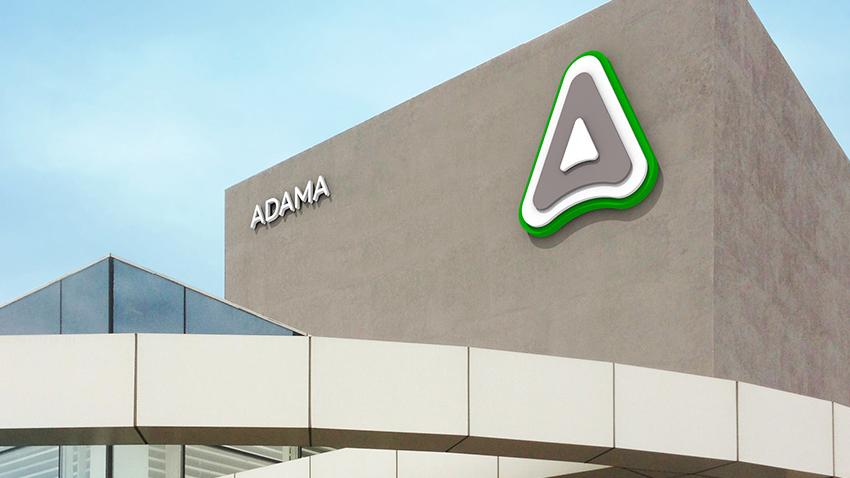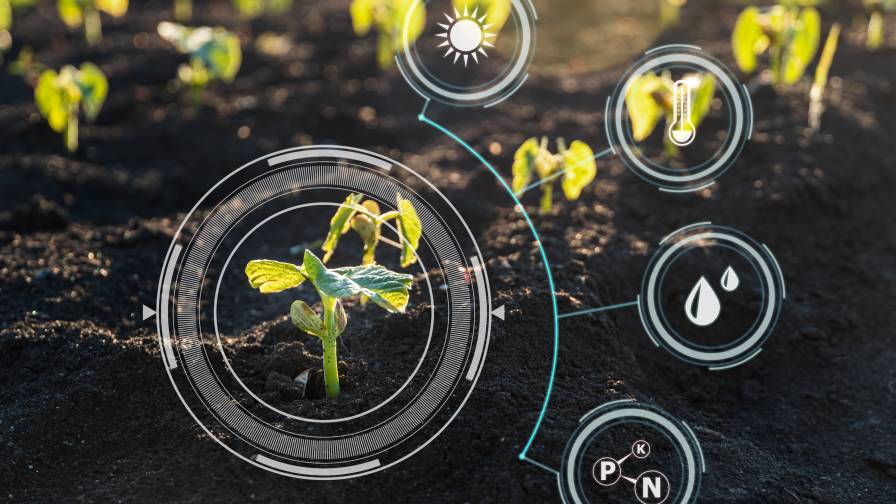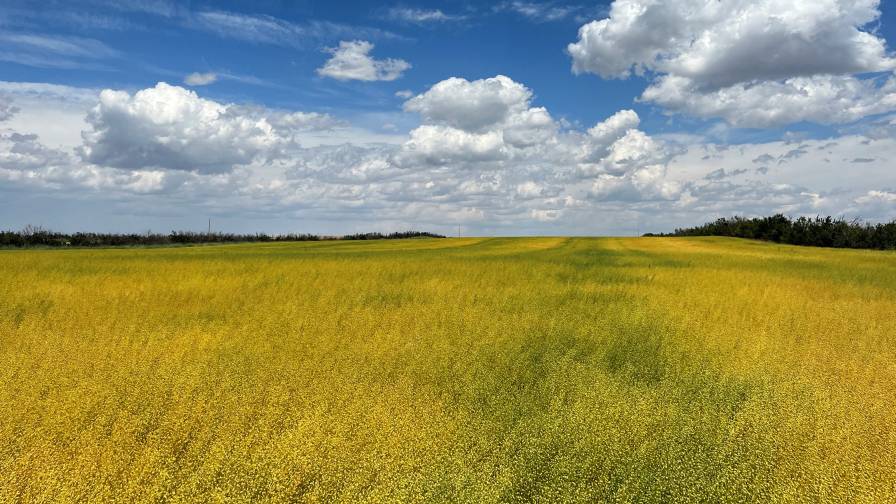Glyphosate Report: Monsanto Secures Its Share Of The Homeland
Market share in the US is up for grabs, and Monsanto is making its move to capture it. A flurry of recent sales and marketing initiatives have poised the company to regain much of the US business it lost during the past few years due to lower-cost options.
American growers, who have had little incentive to replenish their glyphosate stocks because it is still at rock-bottom prices, appear to be poised to return to more regular purchasing practices. Subsequently glyphosate sellers, whether they realize it or not, are about to embark on a market share melee with the largest crop protection company in the world.
“We are planning on gaining significant volume and market share here in the US, which is one of our most strategic markets globally,” says Matt Helms, Monsanto North America crop protection marketing lead. “There are indications from our channel support that lead us to think that we are on track in the early stages here to regain that share in volume in 2011.”
The past few years have been unpredictable and tumultuous for glyphosate peddlers in the US. The active reached unprecedented highs in 2008 and unprecedented lows by the end of 2009. Glyphosate prices plummeted nearly 90% for some products in less than 18 months.
Glyphosate was selling in the US for less than $2 per liter at the retail level late last year, and growers took advantage of the sudden, welcomed price shift.
“I’ve seen pricing on 4-pound generic glyphosate for as little as $7 a gallon ($1.85 per liter),” says Michael Twining, general manager of Willard Agri-Service in Greenwood, Delaware, US. His facility is one of five Willard operations that serves five US states in the North Atlantic region. “This time last year, growers had just seen material at $60 to $90 a gallon, and it has dropped to $8 to $10, so growers just filled every jug in the barn.”
But that supply is finally starting to work its way out of the value chain, and although the supply chain might not have emptied out like some analysts expected in 2010, it appears 2011 will usher in a return to more regular purchasing volumes that makes the US an almost $7 billion pesticide market.
This eventual buying ritual is good news for glyphosate suppliers, but there is little guarantee that growers will return to the lowest-cost option, especially if trusted brands are comparably priced.
Recently, Monsanto announced it would lower its prices of Roundup to similar levels as off-patent options. The official pricing sheet was not available at presstime, but Helms says the price will be about 25 cents per liter higher than lower-cost generic products. The new strategy represents a marketing shift for the company, which previously charged a premium for Roundup and emphasized its formulation technology and buyer loyalty program, called Roundup Rewards.
“It has been received very well,” Helms says. “Essentially, distribution is saying that if they can access the Roundup brand for essentially the same price of what a generic is and still have support on non-performance claims as well as additional benefits to grower-customers in programs like Roundup Rewards, then the early indications are positive that we’ll receive votes back in the Roundup camp and increase our volume and share going forward.”
Roundup provides benefits in exchange for using its seed traits and Roundup branded glyphosate. The perks include yield protection, replant insurance, and product support and guarantees. About 30,000 American farmers participate in the loyalty program each year.
Upping the Ante
Monsanto is expanding its popular rewards program this month by offering American growers up to $1.50 per acre for practicing resistance management with their chemical protocols. With the widespread adoption of genetically modified crops during the last 15 years, glyphosate has evolved as the linchpin for chemical management, especially for soybeans. The ubiquitous and constant use of the active has created some resistance issues in some species of weeds.
To preserve the widespread utility and profitability of glyphosate in agriculture, Monsanto launched a farmer support and education initiative to help growers manage their chemical programs in more sustainable ways. The program will compensate soybean, corn and cotton growers between $1 and $1.50 per acre “that uses a qualifying residual product in conjunction with Roundup brands,” Helms says.
The program is yet another incentive for American growers to do business with Monsanto, and it is part of its larger strategy to provide a complete agronomic system that hinges on brand loyalty and sustainable cultivation.
“What we are really trying to do is to provide a brand that growers want to purchase, and we intend to increase the value by lowering price and increasing benefits,” Helms says. “Growers have trusted and grown up with Roundup’s performance and crop safety, and we are not only trying to accomplish that but also the second piece, which is more important, is driving the use of a total system on Roundup Ready cotton, corn or soybean acres.”
Residual products will include a line of new product offerings that Monsanto is developing to work in conjunction with Roundup to help stem resistance, as well as qualified products by other basic manufacturers approved by the program.
The loyalty program is important to maintain profitability and the utility of glyphosate, and it is crucial to recapturing the good will of growers, many of whom drifted away from Roundup in lieu of generics in 2008 when prices reached around $25 per liter for branded products. Many growers, at least anecdotally, boycotted Roundup because of a pervasive sentiment that Monsanto was driving the price higher. By now, most growers realize that Roundup pricing in 2008 was a reaction to the supply/demand anomaly.
Distribution Central
But US growers are just one piece of the market share puzzle. An equally important partner is the distribution network because US retailers often perform spraying for local growers. Distributors are a bit more tuned into global trends and generally realized that high glyphosate prices in 2008 were part of a global phenomenon. Few strayed from branded products because of remuneration programs that Monsanto has with retailers, similar to Roundup Rewards for growers.
“When generics came in, we really stood up for Monsanto with our growers; we like their product better, and we always knew that we could rely on the product’s integrity,” says Mike Frei, business unit manager of The McGregor Co., which serves 42 farm communities in the inland Pacific Northwest. “In turn, Monsanto has been good at standing behind us, they helped to get minimum till farming established, and Monsanto does a really good job of handling bulk … farmers can come and get what they want, and we don’t pay for it until we sell it.”
This year, those tangible and intangible benefits for retailers will continue, and their new price point will make generic options almost superfluous for them.
“We will be heavily branded this year because of the rebates and programs,” says Dan Weber, vice president of agronomy for Ceres Solutions, a $250-million operation formed from three cooperatives in 2007. It serves the state of Indiana. “We think this price structure is going to be good for the farmer, which allows him to focus on the next thing that will generate him more income per acre, so we are really focusing on tissue testing those types of things so we can focus on micronutrients. That’s our direction as a company … to look at the next most limiting factor (to yield maximization).”
In the US, retailers have agronomic expertise as well as technical and product knowledge that enables them to be complete agronomic consultants to their clients. Distributor relationships lead to product usage and market share, which is why rebates for the distribution chain are so important to a sustainable business model.
These relationships are crucial as Monsanto has pledged to keep its US technical formulation plant running “at full capacity or as close to full as possible,” Helms says.
Recent estimates indicate the global glyphosate capacity to be about twice that of demand, putting pressure on producers in China and India. Monsanto increased its capacity at its Louisiana plant last year in response to short supply in 2008 and as part of its strategic US strategy, Helms says.
“We are really competing in a global marketplace with the Chinese producers, and we feel that in order for us to execute that strategy and run our plant at the level we need, then we need to be at this (price) level to redeem that share in volume,” he says.
That projected volume could take some time to trickle into the value chain as US growers lack the urgency in buying next year’s supply as they typically do in the fall. They have been spoiled, in large part, by the historically low prices with no real fear of upward price pressure.
“The sense I have is that everyone thinks that glyphosate is going to get a little cheaper because of the announcements that Monsanto is making and the fact that they are moving away from their traditional marketing message of maintaining the value of the brand structure to keeping the Chinese technical out,” says Twining of Willard.
Some think that this establishes a new reality for glyphosate prices, and the abundant supply will relegate it to the same status as other herbicides, many of which have suffered the same demise during the past 12 months.
“As a retailer, I think we need to look at glyphosate in the same way we look at atrazine today,” Twining says. “Atrazine is still a staple in any corn herbicide program. It’s cheap; it’s a foundation ingredient, and you don’t see anyone out there wasting any time or energy promoting atrazine, offering replant insurance on it or voicing concerns that it didn’t work.”






